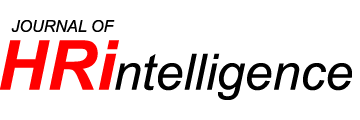|
Abstract
The aim of this study is to examine the effects of human resources development by means of education of Thai firms’ competitiveness and growth. The Labor Productivity and Cost of Production criterion is employed to form a model, postulating that if a firm has competitiveness, the difference between the prices of their products and the costs should be positive. Similarly, if a firm grows, its revenue should increase. The anylysis investigates the education of firms’ employees on two aspects: 5 educational levels and 4 types of education.
A sample of 917 firms (11% of the total) from 11 industries was randomly selected. The survey could collect a complete set of data required from 10% of the sample. The findings indicate that competitiveness can be enhanced by increasing employees with vocational education and those with upper secondary education. An additional 1% of each employee group results in 1% higher in firms’ competitiveness. More employees with other educational levels, on the contrary, lower firms’ competitiveness. Given that a further 1% of employees with each type of education is hired, those with social science enhance firms’ competitiveness most (1.72%), followed by those with physical science and technology (0.47%) and those with humanity (0.35%). The rise of those with biological science reduces firms’ competitiveness by 0.11%
A 1% increase in employees with post-graduate level enlarges firms’ revenue most (15.07%), followed by those with vocational education (2.51%), those with Bachelor’s degree (1.77%), those with upper secondary education (1.24%) and those with lower secondary education or less (0.08%). Firms gain maximum revenues by hiring more employees with social science and least by doing so for employees with humanity. The revenue growths are 3.44%, 3.38%, 1.48% and 0.77% due to employing 1% of employees with social science, those with biological science, those with physical science and techology, and those with humanity; respectively.
|

